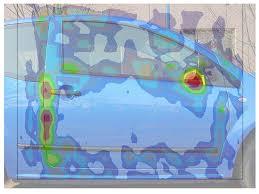Ver todo
-
06 dic 2024Otras Industrias
-

Peter Wanga
Atmospheric Modelling Specialist, Environmental Engineering
-
-
05 dic 2024All industriesDecarbonizing Canada’s path to 2050
-

Stéphane Charest, P.Eng.
Vicepresidente de Mercado de Energía y de Productos Químicos
-
-
26 nov 2024Minería y metalurgiaEnergy and Mines conference: key takeaways from Susan Campbell and Isabelle Leblanc
-
-
26 nov 2024Otras IndustriasHurricanes are becoming increasingly violent, but industrial companies can calm the trend
-

Hugo Careau, P.Eng.
Principal Engineer, Decarbonization
-






